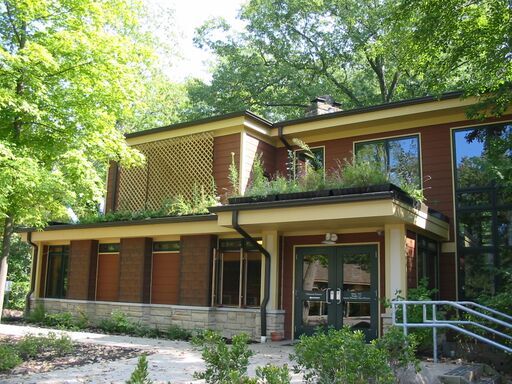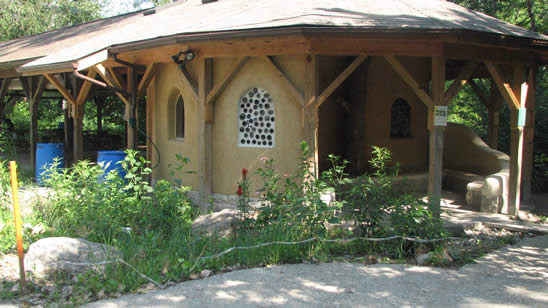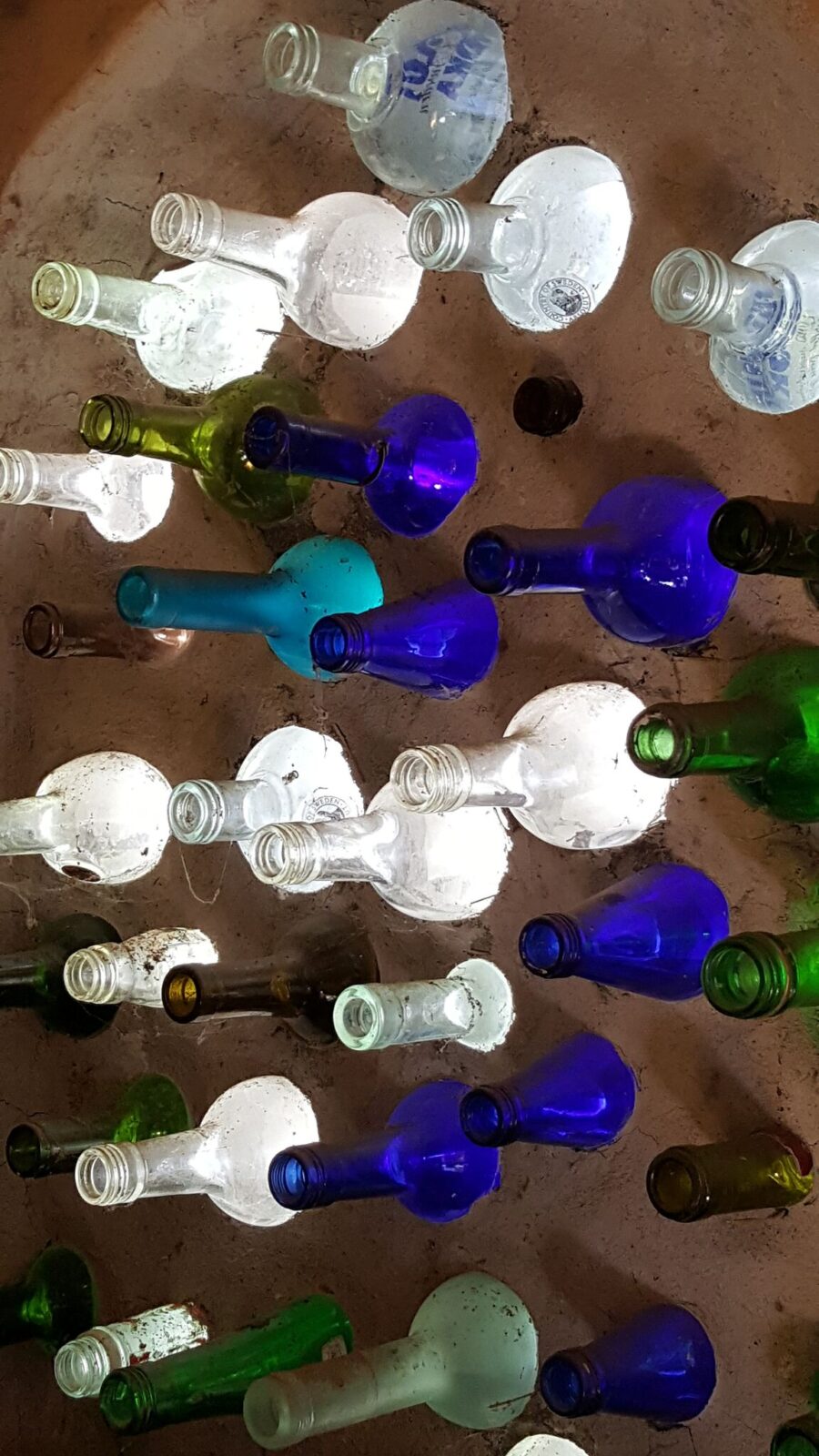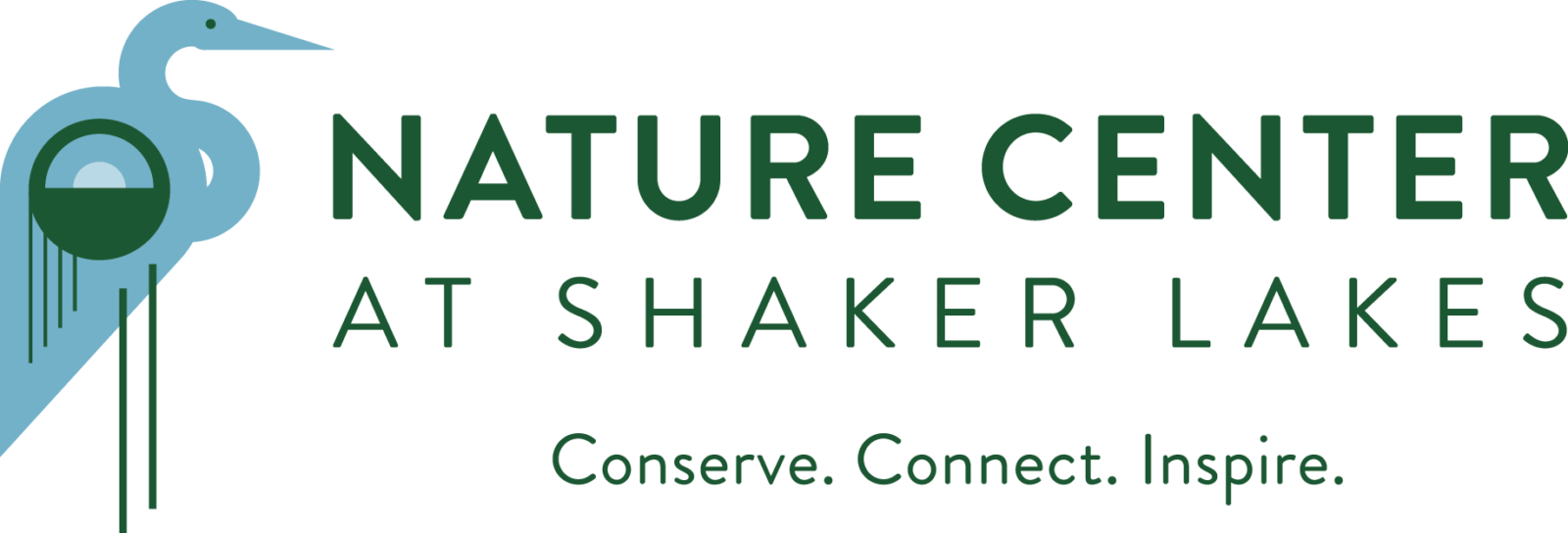How We Transformed the Nature Center from Brown to "Green"

In 2000, after 33 years of steady operations, it was becoming increasingly clear that the Nature Center's building was in need of a major overhaul. Capacity was tight, its systems were aging, and like all things in nature, time and the elements had taken their toll. In 2001, in the spirit of continuing its mission-driven work for the next generation of environmental stewards, the Nature Center undertook an immense project: a $2.2 million Capital Campaign, which would support the design and construction of an updated, expanded, and environmentally- friendly building well-equipped to house its growing needs.
In 2002-2003 the Nature Center was renovated to provide more classroom space, office space, an exhibit area and an elevator. The planning for the new building focused on sustainable building practices, commonly called "green building." Every aspect of demolition, construction, infrastructure and design was informed by the best sustainable options that were available and affordable at the time.
Reduce, Reuse and Recycle was the guiding principle. Rather than scrap the old building, the new one was added to the shell of the old and the footprint of the building kept as small as possible to preserve the surrounding trees. Demolition waste was sorted and recycled, usable elements were either reused in the new building or donated to habitat for humanity and other organizations to be reused. Twelve 300ft wells were dug in the parking lot to provide geothermal energy to the building. Recycled materials were used in construction whenever possible, such as composite cement boards on the exterior and recycled carpet squares in the meeting room. Insulation maximized energy savings. A small "green roof" of native plants reduces rain run-off and provides insulation. Wood from the one tree that had to come down was milled and turned over to artisans who turned it into benches, tables, shelving, and artworks that were incorporated into the building.
The Center stands as a model for cost-effective, energy efficient and "green" design in the middle of an already-built community.

The Stewardship Center at the Nature Center at Shaker Lakes.

Stewardship Center
- The Stewardship Center serves as the home for the Stewardship Volunteers and their equipment. These volunteers work with the Natural Resources Manger to maintain the park and enhance its biodiversity.
- The Stewardship Center also serves as a gathering place for visitors, students and summer campers. It offers a covered porch with a place to sit and enjoy the surroundings and the building's own unique design.
- The Stewardship Center serves as the anchor for an area
dedicated to demonstrating sustainable living practices, rain gardens, rain barrels, composting, Permaculture and native plantings. - Finally, the Stewardship Center functions as an exhibit itself of natural construction, green building practices, and in the future will incorporate local natural history, flora and fauna, watershed and geology features.
Natural Construction
- Natural Construction is a term used to describe a structure that is built primarily with natural as opposed to industrial materials. Its objective is to build with simple techniques that don't further pollute the environment, consume more fossil fuel or unnecessarily extract more of the earth's limited resources.
- The wall of the Stewardship Center facing the pavilion is a straw bale wall while the remaining walls are made of cob. The entire building is covered with an earth plaster and earth based dyes. Parts of the building are coated with a lime plaster for extra durability.
- Straw bale walls are made of stacked straw bales pinned together and attached to a supporting wood frame. The bales are then covered with a clay, sand and straw mix. The straw bales are resistant to combustion and provide a high insulating factor.
- Cob walls are made of a mix of clay, sand and straw. It is the same material that is used for adobe but is not baked into bricks. The cob is applied by hand being knitted together with the thumbs building up the courses layer by layer.
For a tour of the Nature Center or Stewardship Center, contact the Nature Center's Welcome Desk: (216) 321-5935
